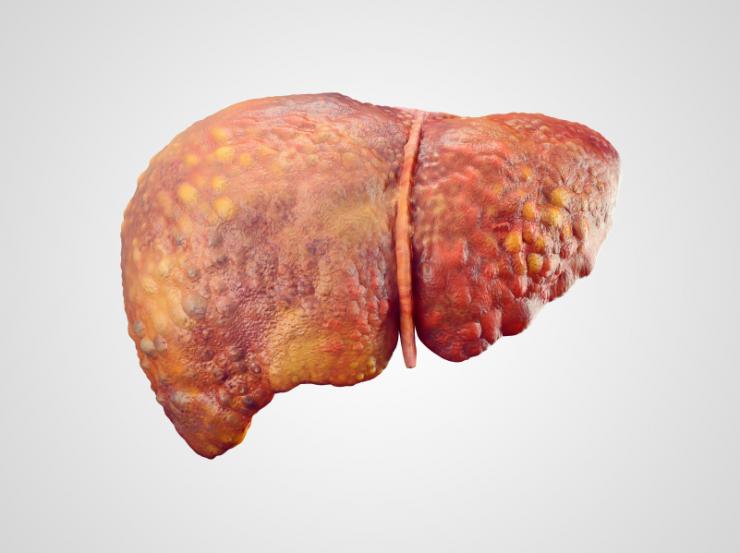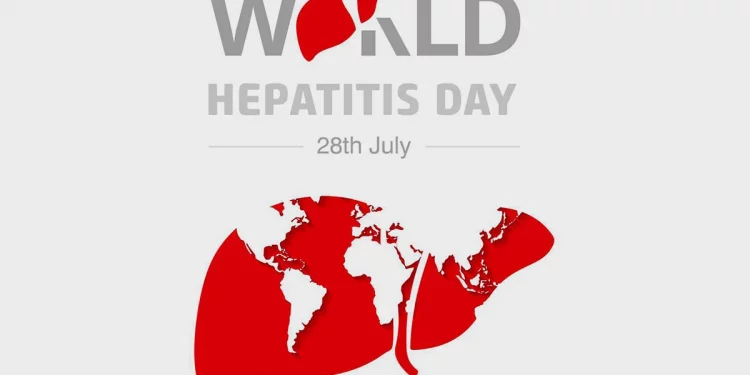For Africa to end transmission of hepatitis, countries must invest towards providing decentralized care and other related services, the World Health Organization (WHO) and campaigners have said.
They called for prioritization of funding to address factors holding back effective response to the preventable disease which is described as a “silent killer.”
The appeals were made as part of the commemoration of World Hepatitis Day (WHD) on July 28.
Hepatitis is a condition caused by the inflammation of the liver, which is the organ of the body that processes nutrients and enables it to fight infections. With this condition the function of the liver can be affected, leading to various liver problems like liver cancer and subsequently death, if untreated.
Dr Matshidiso Moeti, WHO Regional Director for Africa,urged governments to invest on health systems and for people across the region to seek testing and treatment for the disease which she said can only be eliminated through collective efforts.
“I encourage our countries to capacitate health systems to screen blood donations for hepatitis, and to ensure once-only use of syringes, and their safe disposal. These are important contributors to hepatitis transmission,” she said in a statement on Thursday.
There are many types of hepatitis, caused mainly by viruses, known as viral hepatitis A, B, C, D and E. There are other causes that include intake of toxic substances like alcohol and certain medications.
A number of medical conditions, like autoimmune diseases (multiple sclerosis, pernicious anemia, reactive arthritis and type I diabetes) can also lead to hepatitis.
WHD is commemorated to raise awareness on the disease which the global health body says is responsible for the deaths of thousands of people annually, despite the availability of treatment.
Experts say the main barriers to hepatitis care include that services are centralized in cities and major urban areas, being delivered primarily by specialists, along with the high cost of diagnosis and medicines, and an inadequate laboratory platform.

The theme for this year’s commemoration, therefore, is “Bringing hepatitis care closer to you,” which, according to WHO, aims to highlight the need to bring hepatitis care closer to primary health care facilities, to ensure better access to treatment and care.
Experts say because hepatitis goes mostly undetected due to an absence of symptoms until it is too late for treatment, it often leads to preventable loss of life.
WHO data show that in 2019 alone, an estimated 78 000 deaths occurred worldwide due to complications of acute hepatitis A to E infections.
But global efforts prioritize the elimination of the hepatitis B, C and D strains, three infections known to cause chronic hepatitis that lasts for several decades and culminate in over 1 million deaths per year from cirrhosis and liver cancer. WHO says these three types of chronic hepatitis infections are the deadliest, responsible for over 95% of the global fatalities to the disease.
“While we have the guidance and tools to diagnose, treat, and prevent chronic viral hepatitis, these services are often out of reach of communities and are sometimes only available at centralized/specialized hospitals,” says the UN health agency in a statement.
WHO has also warned that the world is currently facing a new outbreak of unexplained acute hepatitis infections affecting children. Together with scientists and policymakers in affected countries, it says it is working to understand the cause of this infection that does not appear to belong to any of the known 5 types of viral hepatitis.
The WHO Africa office on Wednesday launched the 2021 Viral Hepatitis Scorecard, which reveals a worrying trend of infection in the region.
According to the data, blood tests revealed high prevalence of Hepatitis B in more than 8% of the total populations of 19 countries.
For Hepatitis C, it was found that prevalence in 18 countries was more than 1%.
Transmission of Hepatitis B from mother-to-child also remains high, with prevalence of 2.5% among children younger than five in the Region, the report shows. Only 14 countries in the region managed to reduce that number to the 1% milestone, which has been achieved by all other WHO Regions.
A report on the outcome of a conference for the replenishment of the Global Fund to Fight AIDS, Tuberculosis and Malaria in 2019, underscored the potential public health impact of expanding viral hepatitis elimination programming through strategic integration, including integration with existing efforts to eliminate AIDS and TB.
That report indicated that the global mortality from viral hepatitis already exceeded that of HIV, TB or malaria, warning that it’s likely to exceed the toll from the three diseases combined by 2040 without urgent action.
In Sierra Leone, there is no comprehensive data on hepatitis. But multicentred studies conducted on different subpopulations indicate that Hepatitis B is more common, with an estimated prevalence rate of 10%, which campaigners say denotes high endemicity.
While Hepatitis B is transmitted through contact with the blood or other bodily fluids of an infected person, Hepatitis C is mainly spread through blood-to-blood contact, which places people at high risk with unsafe injection practices and inadequate sterilisation of medical equipment.
Dr Manal Ghazzzawi, a consultant clinical pharmacist, heads the KnowHepFoundation Sierra Leone, which is a member of the World Hepatitis Alliance. She warns that the rate of infection due to Hepatitis B is on the increase, noting that the number of undiagnosed cases are thought to be high already due to lack of testing.
The Sierra Leone Ministry of Health and Sanitation is reported to have started working on a National Strategic Plan for Hepatitis elimination.
Ms Ghazzzawi urged the government, policy makers and donors to act by increasing investment and financing towards this effort.
“As an advocate for years in the fight against this disease, on this day, I speak on behalf of all those at risk, pregnant females, including babies born from infected mothers deprived of timely free hepatitis birth dose, all those infected receiving suboptimal care they do not deserve, and all those that are facing stigma and discrimination,” she said.
WHO aims to achieve hepatitis elimination by 2030. And to get there, it says countries must achieve specific targets that include reducing new infections of hepatitis B and C by 90%, reducing hepatitis related deaths from liver cirrhosis and cancer by 65%, ensure that at least 90% of people with hepatitis B and C virus are diagnosed, and at least 80% of those eligible receive appropriate treatment.






















